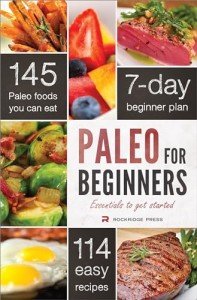Go Paleo: Ditch Processed Foods for Better Health!
In a world saturated with processed foods, sugary drinks, and convenience meals, it's easy to lose sight of the way our ancestors ate. The Paleo diet, also known as the Paleolithic diet, Stone Age diet, or hunter-gatherer diet, is a nutritional approach that encourages a return to the eating habits of our pre-agricultural ancestors. By focusing on whole, unprocessed foods, the Paleo diet aims to optimize health, promote weight loss, and reduce the risk of chronic diseases. This article delves into the principles, benefits, potential drawbacks, and practical tips for embracing a Paleo lifestyle.
Understanding the Paleo Diet
The Paleo diet is based on the premise that the human body is genetically better suited to the foods that were available to our hunter-gatherer ancestors before the advent of agriculture. This means prioritizing foods that humans consumed for millions of years, while avoiding foods that were introduced relatively recently with the rise of farming and industrial food production.
4.47 out of 5 starsPaleo Diet Cookbook: 250+ High-Protein Recipes
Discover fun and tasty ways to enjoy meals that keep you satisfied while supporting your weight loss journey
Product information
Product Review Score
Product links
Core Principles of the Paleo Diet:
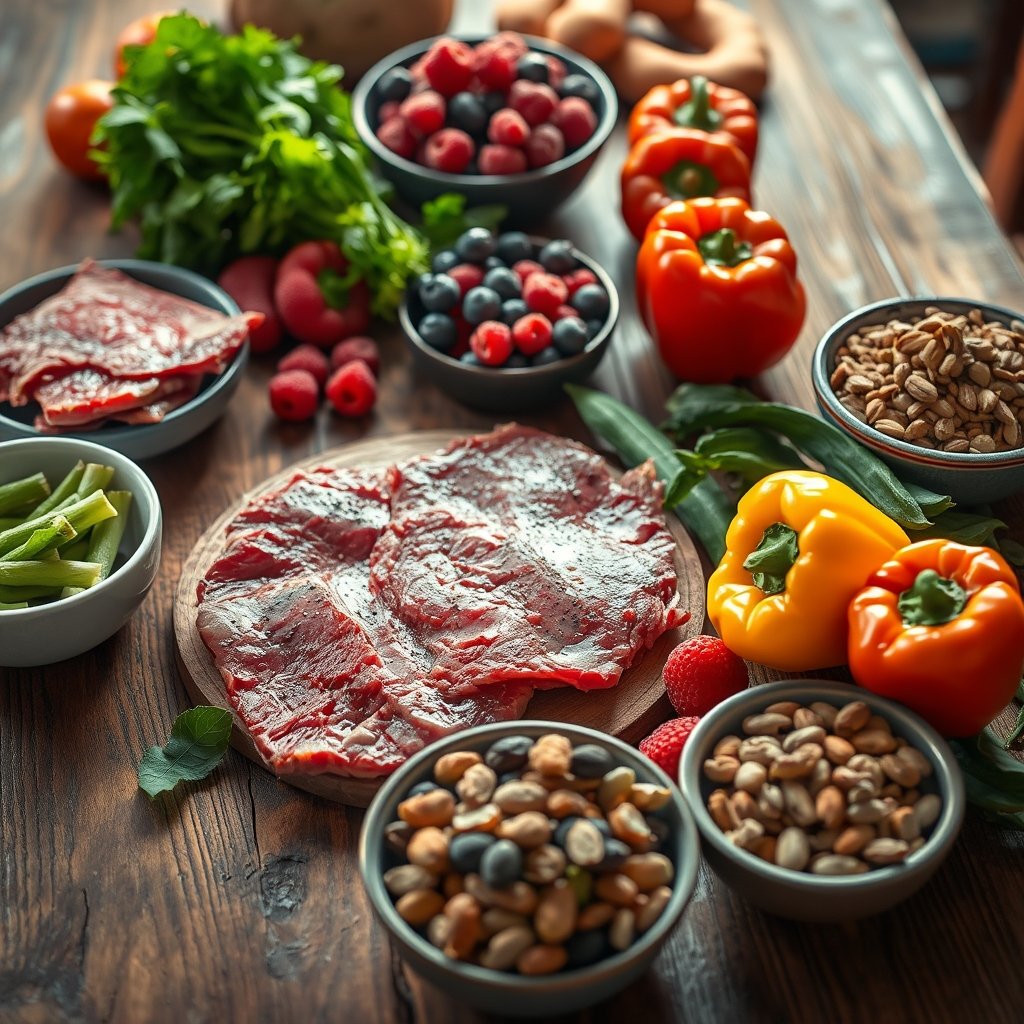
- Focus on Whole, Unprocessed Foods: The foundation of the Paleo diet is built upon whole, unprocessed foods in their natural state. This includes fruits, vegetables, lean meats, seafood, nuts, and seeds.
- Eliminate Grains: Grains, including wheat, rice, corn, and oats, are excluded from the Paleo diet. The rationale is that grains are a relatively recent addition to the human diet and may contribute to inflammation and digestive issues in some individuals.
- Avoid Legumes: Legumes, such as beans, lentils, and peanuts, are also typically avoided due to their high phytic acid content, which can inhibit the absorption of certain nutrients.
- Say No to Dairy: Dairy products, particularly those from cows, are generally excluded from the Paleo diet. The argument is that humans did not consume dairy until after the development of agriculture.
- Ditch Processed Foods, Sugar, and Unhealthy Fats: Processed foods, refined sugars, and unhealthy fats (such as trans fats and vegetable oils) are strictly prohibited on the Paleo diet. These foods are considered to be major contributors to inflammation, weight gain, and chronic diseases.
Foods to Eat on the Paleo Diet:

Paleo Diet: Eat Right for Weight Loss
Discover simple and delicious meals that help you shed pounds while enjoying wholesome, natural ingredients
Product information
£70.48
Product Review Score
4.74 out of 5 stars
103 reviewsProduct links
- Meat: Grass-fed beef, pasture-raised poultry, wild game, pork, and lamb.
- Fish and Seafood: Wild-caught fish, such as salmon, tuna, mackerel, and shellfish.
- Fruits: Berries, apples, bananas, oranges, and other fresh fruits.
- Vegetables: Leafy greens, broccoli, cauliflower, carrots, peppers, and other non-starchy vegetables.
- Nuts and Seeds: Almonds, walnuts, pecans, sunflower seeds, pumpkin seeds, and chia seeds.
- Healthy Fats: Avocado, olive oil, coconut oil, and nuts and seeds.
- Eggs: From pasture-raised chickens.
Foods to Avoid on the Paleo Diet:
£83.78
4.56 out of 5 stars
Paleo Perfection: 200+ Grain-Free Recipes
Delicious meals that help you shed pounds while enjoying every bite
Product information
Product Review Score
Product links
- Grains: Wheat, rice, corn, oats, barley, and rye.
- Legumes: Beans, lentils, peanuts, and soy.
- Dairy: Milk, cheese, yogurt, and ice cream.
- Processed Foods: Packaged snacks, processed meats, sugary drinks, and refined carbohydrates.
- Refined Sugar: Table sugar, high-fructose corn syrup, and artificial sweeteners.
- Unhealthy Fats: Trans fats, vegetable oils (soybean oil, corn oil, canola oil), and margarine.
Potential Benefits of the Paleo Diet
The Paleo diet offers a range of potential health benefits, stemming from its emphasis on whole, unprocessed foods and its elimination of inflammatory ingredients:
- Weight Loss: The Paleo diet can be an effective weight loss tool due to its focus on lean protein, healthy fats, and fiber-rich fruits and vegetables, which promote satiety and help regulate blood sugar levels. The elimination of processed foods and sugary drinks also contributes to a calorie deficit.
- Improved Blood Sugar Control: By eliminating refined carbohydrates and sugary foods, the Paleo diet can help stabilize blood sugar levels and improve insulin sensitivity. This makes it a potentially beneficial dietary approach for individuals with diabetes or insulin resistance.
- Reduced Inflammation: The Paleo diet's emphasis on whole, unprocessed foods and its avoidance of inflammatory ingredients, such as processed foods, refined sugar, and unhealthy fats, can help reduce chronic inflammation in the body.
- Improved Heart Health: The Paleo diet can positively impact heart health by reducing cholesterol levels, lowering blood pressure, and improving triglyceride levels.
- Enhanced Digestive Health: The elimination of grains, legumes, and processed foods may improve digestive health for some individuals, reducing bloating, gas, and other digestive discomforts.
- Increased Energy Levels: By providing a steady stream of nutrients from whole foods, the Paleo diet can help stabilize energy levels and prevent energy crashes associated with processed foods and sugary drinks.
Potential Drawbacks and Considerations
While the Paleo diet offers numerous potential benefits, it's important to be aware of its potential drawbacks and considerations:
- Nutrient Deficiencies: If not properly planned, the Paleo diet may lead to deficiencies in certain nutrients, such as calcium (due to dairy restriction) and certain B vitamins (due to grain restriction). It's crucial to ensure adequate intake of these nutrients from other sources or consider supplementation.
- Restrictiveness: The Paleo diet can be quite restrictive, which may make it challenging to adhere to long-term. The elimination of entire food groups, such as grains and legumes, may feel limiting for some individuals.
- Cost: Paleo-friendly foods, such as grass-fed meat and wild-caught fish, can be more expensive than conventional options. This may make the Paleo diet less accessible for individuals on a budget.
- Social Challenges: Following the Paleo diet can be challenging in social situations, as it may require careful planning and communication with others about dietary restrictions.
- Lack of Long-Term Studies: While there is growing evidence supporting the benefits of the Paleo diet, more long-term studies are needed to fully understand its long-term effects on health.
- Sustainability: Depending on food choices, a Paleo diet can have a high environmental impact, particularly if it relies heavily on meat consumption. Prioritizing sustainable sources of meat, fish, and produce can help minimize the environmental footprint.
Tips for Embracing a Paleo Lifestyle
If you're considering adopting a Paleo lifestyle, here are some practical tips to help you get started:
£56.90
4.36 out of 5 stars
Paleo Diet Cookbook: Easy Recipes for Everyone
Discover delicious, healthy meals that fit seamlessly into your weight loss journey
Product information
Product Review Score
Product links
- Start Gradually: Don't try to overhaul your diet overnight. Start by making small, incremental changes, such as swapping processed snacks for fruits and vegetables, or replacing refined grains with Paleo-friendly alternatives like sweet potatoes or quinoa (while quinoa isn't strictly Paleo, many people include it).
- Focus on Whole Foods: Prioritize whole, unprocessed foods in their natural state. This is the core principle of the Paleo diet.
- Plan Your Meals: Meal planning can help you stay on track with your Paleo diet and avoid impulsive unhealthy choices.
- Read Labels Carefully: Pay attention to ingredient labels and avoid products that contain processed ingredients, refined sugar, and unhealthy fats.
- Cook at Home: Cooking at home allows you to control the ingredients and preparation methods, ensuring that your meals are Paleo-friendly.
- Find Paleo-Friendly Alternatives: Explore Paleo-friendly alternatives to your favorite foods. For example, use almond flour instead of wheat flour in baking, or make cauliflower rice instead of white rice.
- Join a Paleo Community: Connecting with other people who follow the Paleo diet can provide support, inspiration, and valuable tips.
- Consult with a Healthcare Professional: Before making any significant changes to your diet, consult with your doctor or a registered dietitian, especially if you have any underlying health conditions.
- Listen to Your Body: Pay attention to how your body responds to the Paleo diet. If you experience any adverse effects, adjust your approach or discontinue the diet.
- Be Flexible: Don't be afraid to adapt the Paleo diet to your individual needs and preferences. Some people choose to include certain foods that are technically not Paleo, such as dairy or legumes, while others adhere to a stricter version of the diet.
Conclusion
The Paleo diet offers a compelling approach to nutrition, emphasizing whole, unprocessed foods and eliminating ingredients that are believed to contribute to inflammation and chronic diseases. While it may not be a perfect fit for everyone, the Paleo diet can be a powerful tool for promoting weight loss, improving blood sugar control, reducing inflammation, and enhancing overall health. By understanding the principles, benefits, potential drawbacks, and practical tips for embracing a Paleo lifestyle, you can make an informed decision about whether this dietary approach is right for you. Remember to prioritize whole foods, listen to your body, and consult with a healthcare professional to ensure that you're meeting your nutritional needs. Whether you adopt a strict Paleo approach or simply incorporate more Paleo-friendly foods into your diet, focusing on whole, unprocessed foods is a valuable step towards better health and well-being.
Unlock Your Body's Potential with Intermittent Fasting
Keto or Weight Watchers: Which is Best for You?



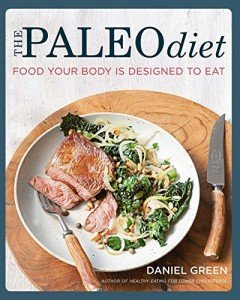

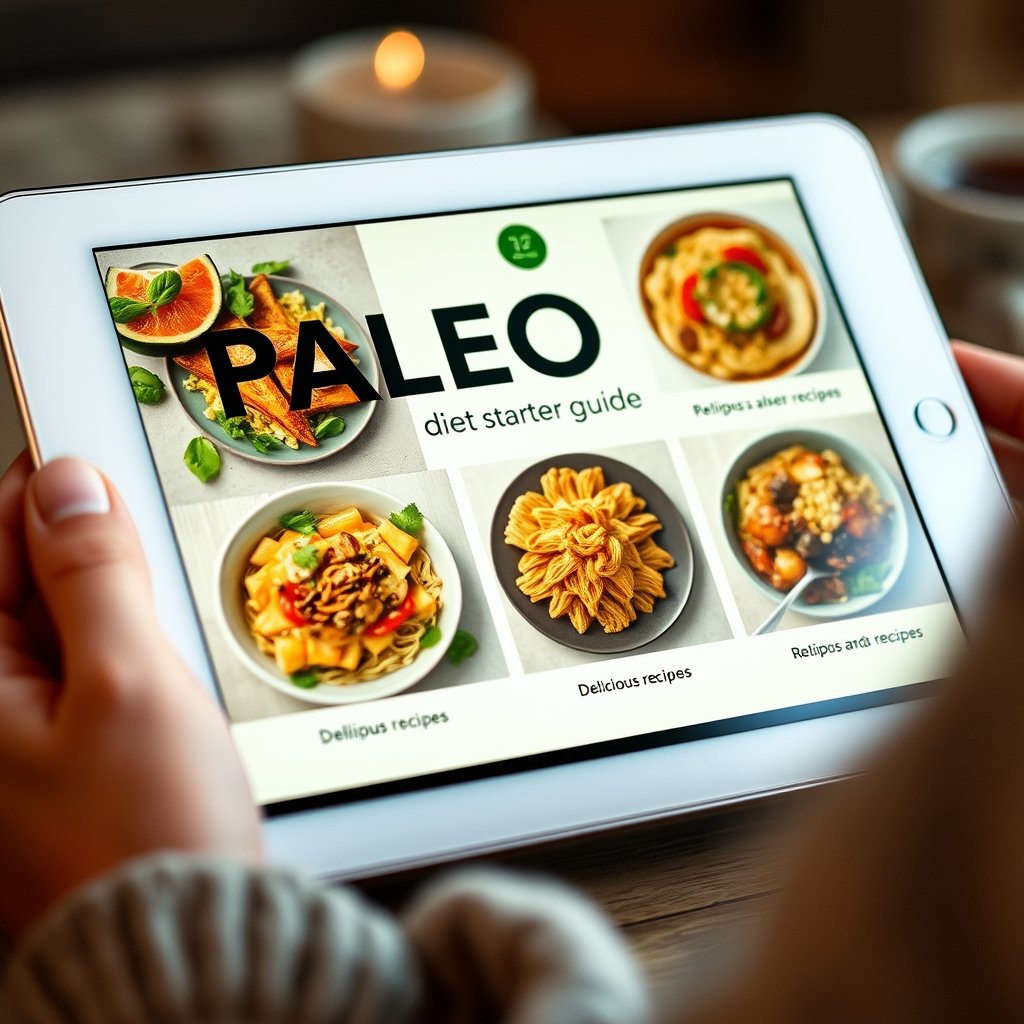


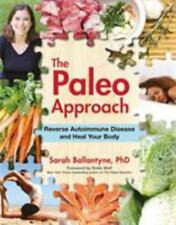
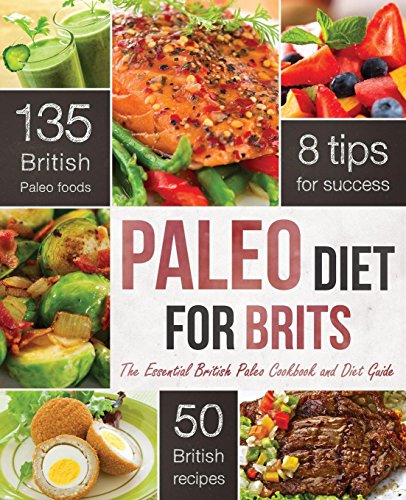
![300 Delicious Paleo Diet Recipes [Black & White Edition]](https://cdn.freshstore.cloud/offer/images/4146/8978/c/the-paleo-cookbook-300-delicious-paleo-diet-recipes-black-white-edition-by-8978-small.jpg)
